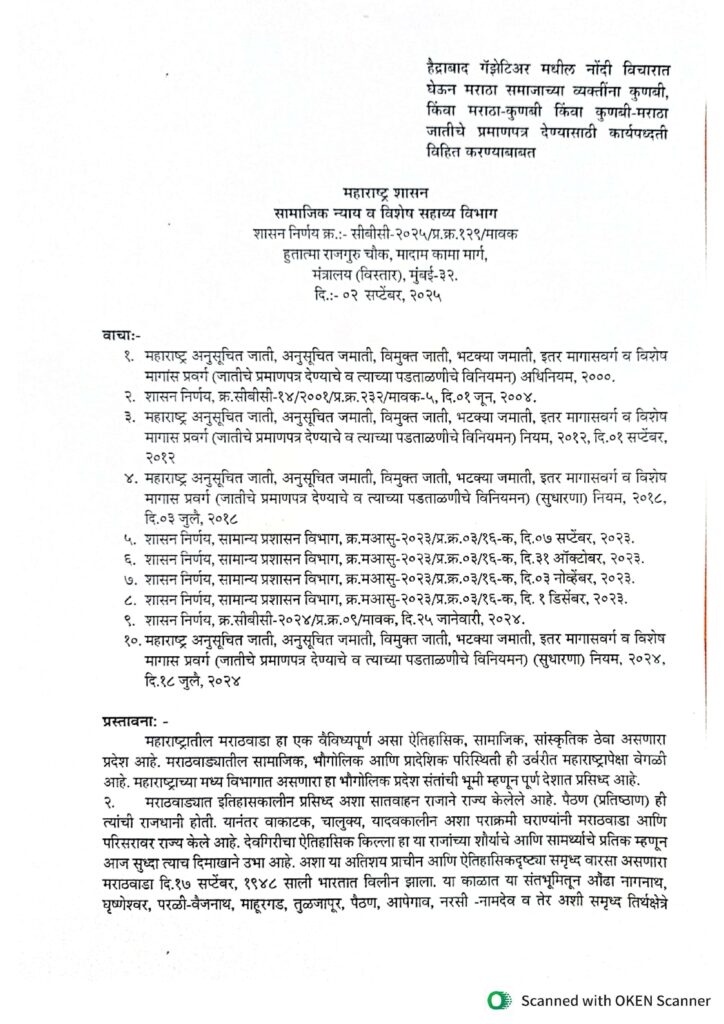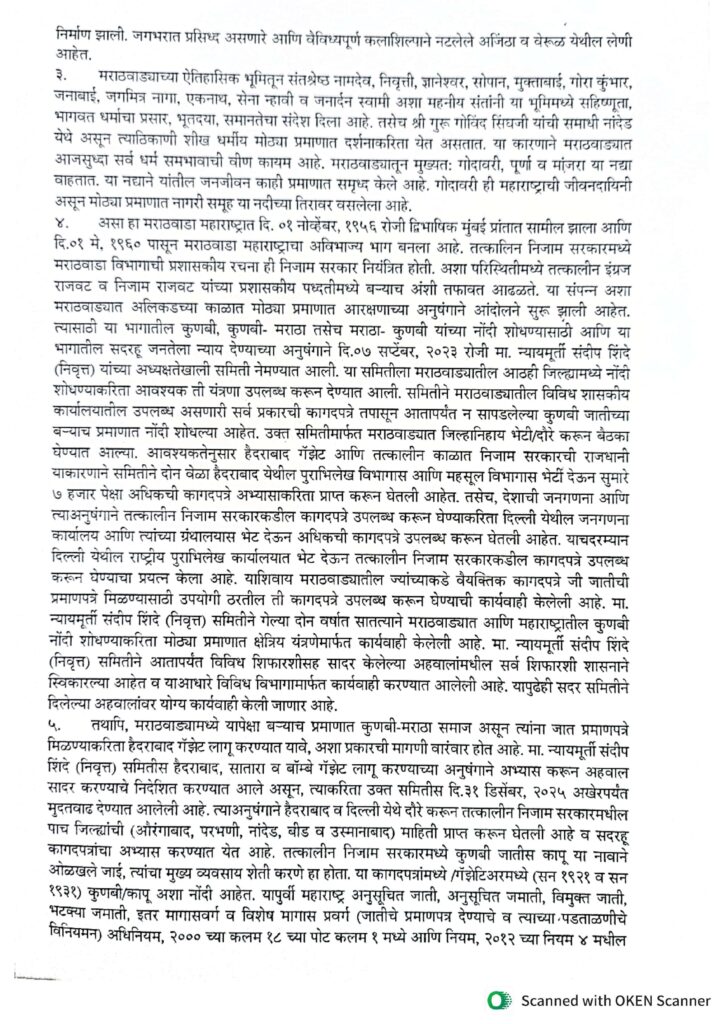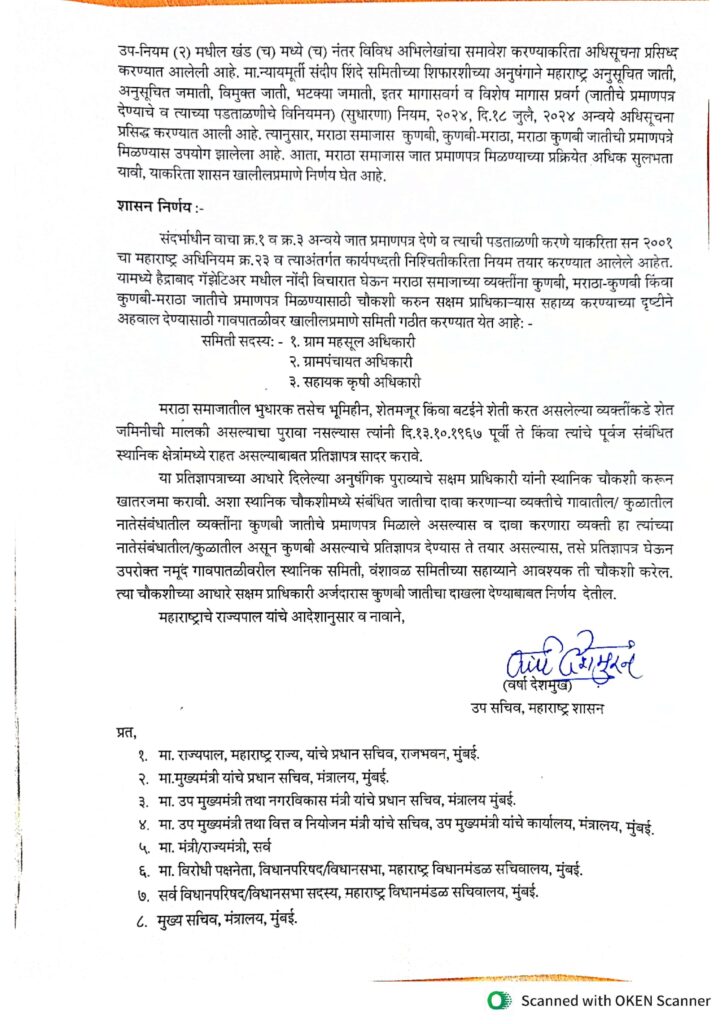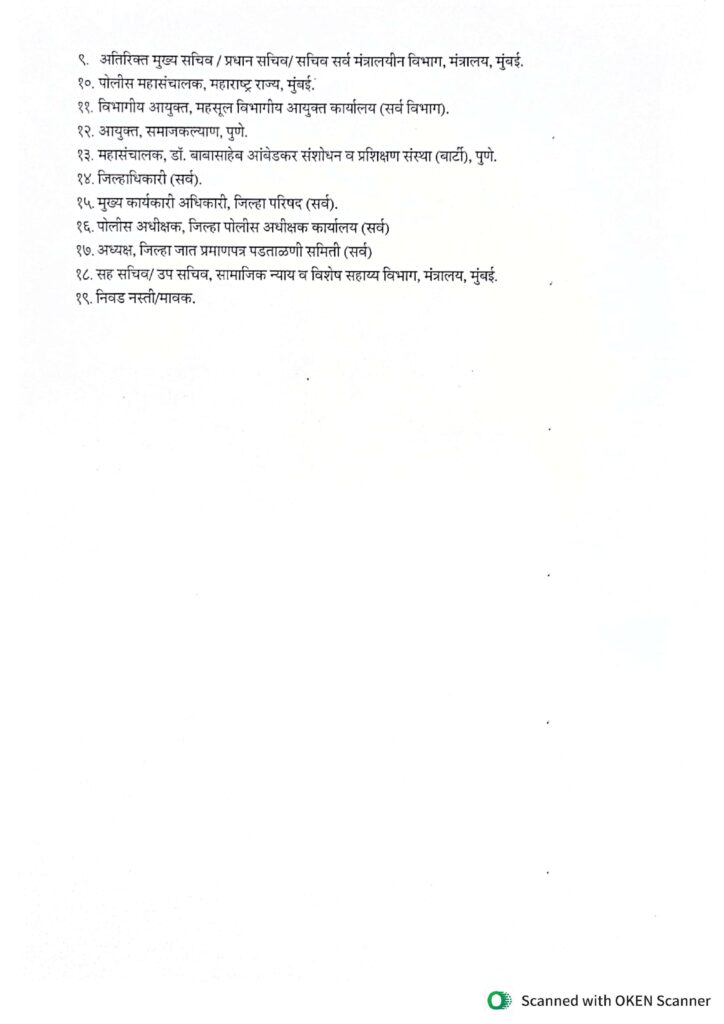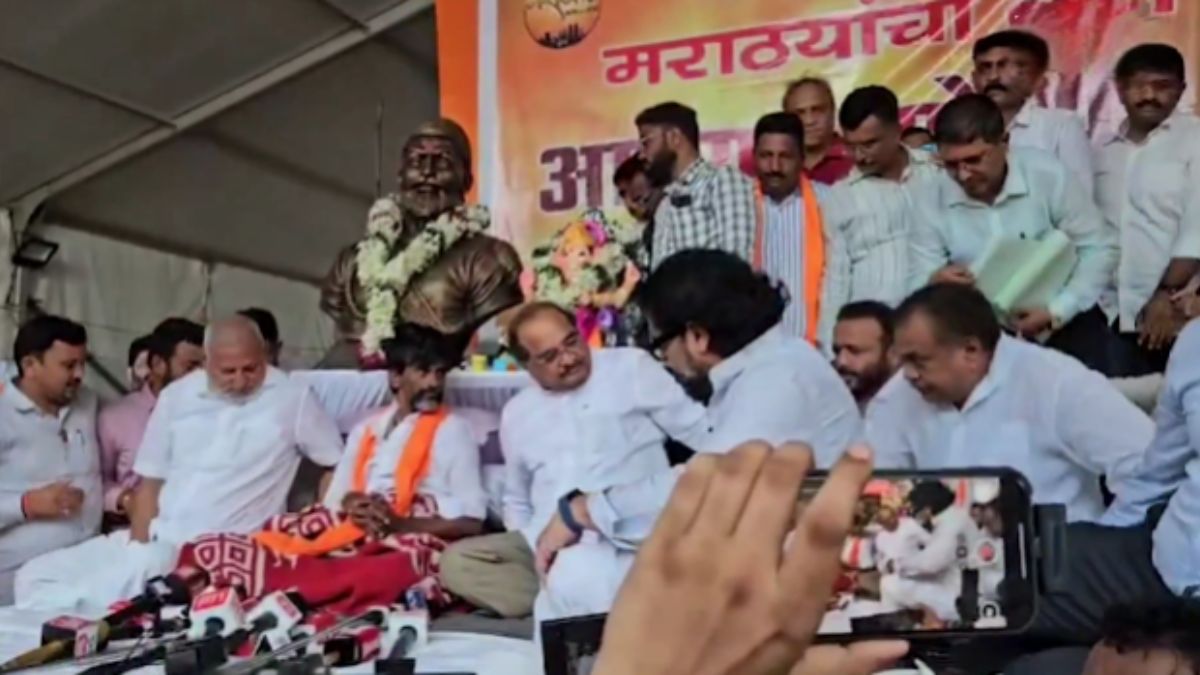The Maharashtra government has announced a major step to simplify the process of issuing Kunbi caste certificates to members of the Maratha community. A government resolution issued on September 2 states that committees will now be set up at the village level to handle both the issuance and verification of these certificates.
The decision draws on provisions of the Maharashtra Act No. 23 of 2001, which outlines the rules for determining caste status. It also refers to entries in the Hyderabad Gazetteer that recognize Kunbi, Maratha-Kunbi, and Kunbi-Maratha categories. By bringing the process down to the village level, the government hopes to make it easier and faster for eligible community members to secure their documents.
The announcement comes just a day after dramatic scenes at Mumbai’s Azad Maidan, where Maratha quota activist Manoj Jarange declared victory in his latest protest. Jarange had been on a hunger strike for five days, pressing the government to act on long-pending demands for Maratha reservation. His statement, “Jitlo re raje ho apan” (we have won, my friends), was met with emotional celebrations from thousands of supporters.
The breakthrough was reached after a meeting between Jarange and a cabinet sub-committee led by Minister Radhakrishna Vikhe Patil. The government assured that a resolution implementing provisions from the Hyderabad and Satara Gazette would be released immediately, while three additional gazettes would follow within a month.
With this latest order from the Department of Social Justice and Special Assistance, dated September 2, the process of securing Kunbi caste certificates is expected to move forward more smoothly. For many in the Maratha community, this decision signals progress towards their long-standing demand for reservation.
Understanding the Gazettes Behind the Maratha Reservation Demand
Maratha quota activist Manoj Jarange has been demanding the implementation of three key gazettes, Hyderabad, Satara, and Bombay. Each of these gazettes contains historical references to the Maratha community, particularly identifying them with the Kunbi category.
Hyderabad Gazette
The Hyderabad Gazette dates back to the period when the Hyderabad princely state existed.
- The 1881 census of Hyderabad State mentioned agriculturists as “Kunbi Maratha.”
- From 1902 to 1948, the Hyderabad administration conducted surveys and classified some communities, including Kunbi Marathas, as socially and educationally backward.
- These findings were officially recorded in the Gazette, giving it legal weight.
Why it holds in Maharashtra:
After the reorganization of states in 1956, parts of the former Hyderabad State, including Marathwada, became part of Maharashtra. Because of this, the Hyderabad Gazette continues to hold validity in the state and can be used as documentary proof for caste certification.
Satara Gazette
The Satara Gazette is a colonial-era record from British India, which also listed Marathas in the Kunbi category. It is often cited as evidence that the Maratha community historically overlapped with Kunbis in social and occupational identity, especially as agriculturists.
Bombay Gazette
The Bombay Gazette, another British-era administrative record, contained entries recognizing the Kunbi-Maratha identity. It serves as a documentary source that strengthens the case for linking Marathas with the Kunbi caste, which falls under the Other Backward Classes (OBC) category.
Together, these gazettes provide the historical and administrative foundation on which the current demand for Maratha reservation is being pursued. By implementing these records, the state government aims to simplify the process of issuing Kunbi caste certificates to members of the Maratha community.
Please find the copy of GR issued by Government of Maharashtra on September 02, 2025 in regards to Maratha Quota Agitation below:
